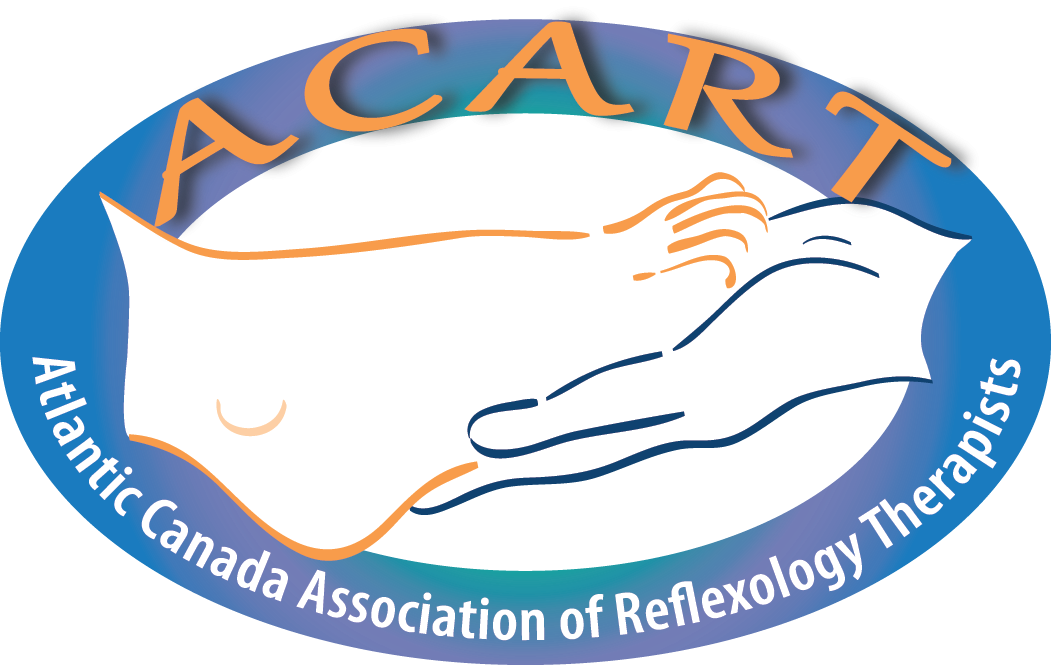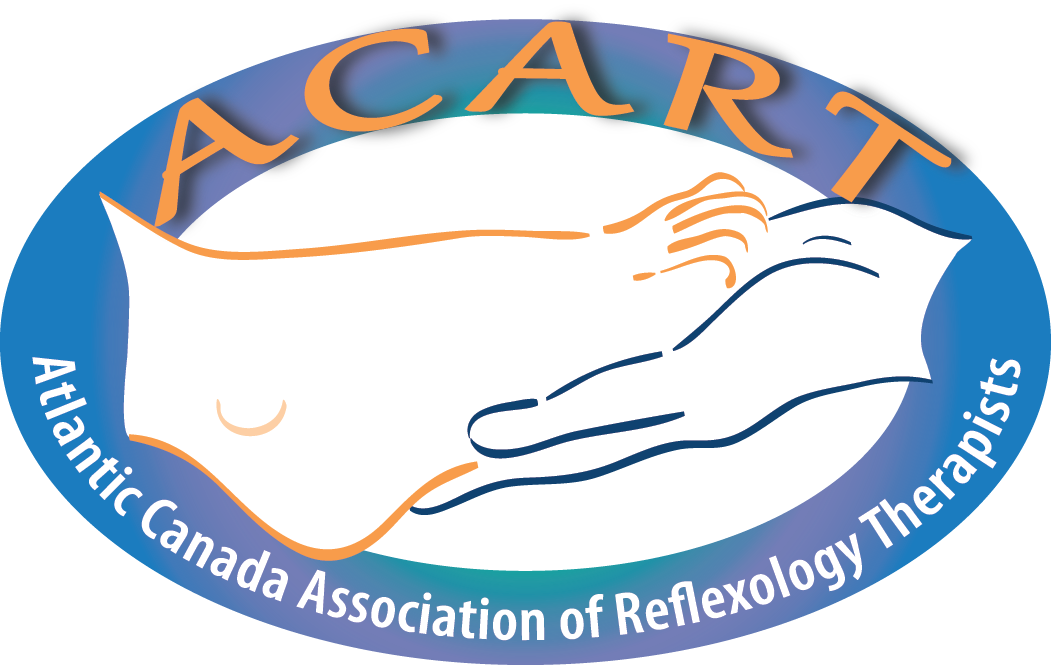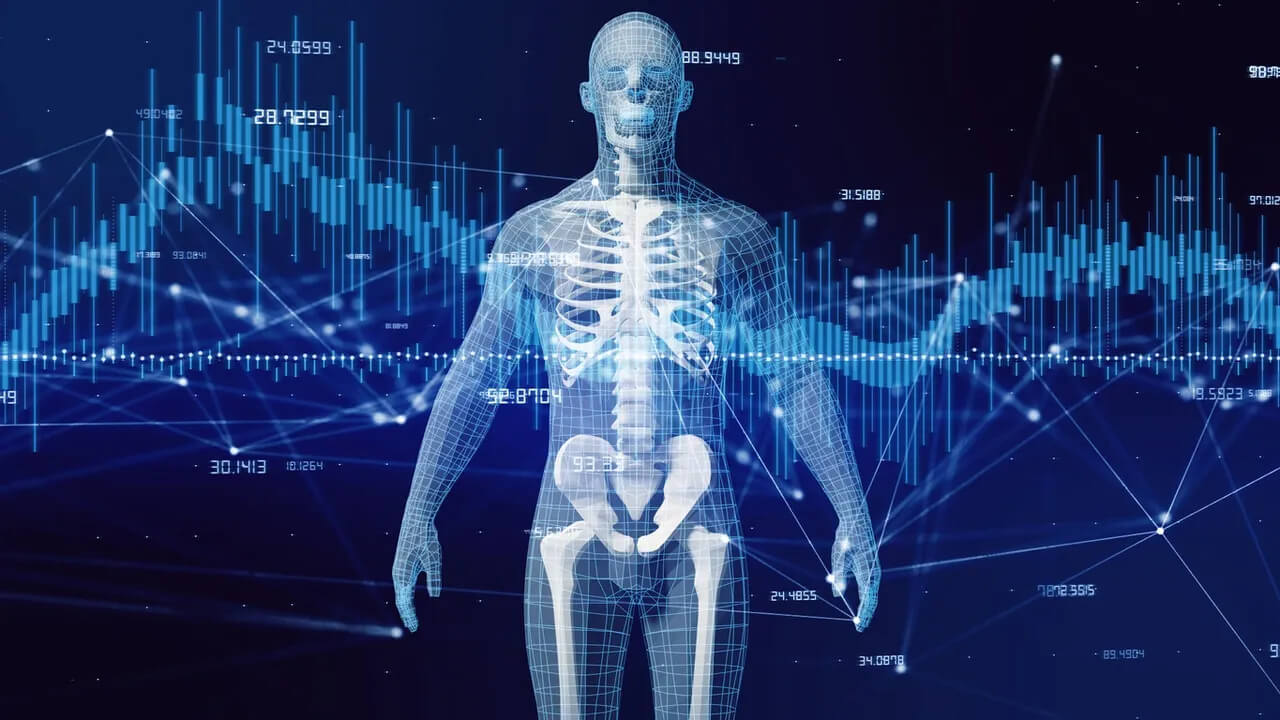
Have we forgotten about the body’s innate ability to heal itself? We cut a finger, an arm, a leg and the body releases chemicals that cause the blood to clot, to stop the bleed. Then it produces a protective layer that allows the body time to heal the cut and protects from infection. The scab disappears and the skin is healed, regenerated, renewed.
The body knows what to do, what chemicals to release, what types of cells it needs to heal the wound and on and on. The body is in a constant state of change, always looking to maintain homeostasis. Just think about that for a minute, always changing, always looking to maintain balance.
Everyday, your body converts the food you eat into fuel, giving the body and every cell in the body the energy it needs to do its job. Be it a red blood cell that carries oxygen from the lungs, a muscle cell, like the cardiac muscle found in the heart, responsible for pumping blood throughout the body. These work together to ensure the body has enough oxygen to function, to breathe, to move. Yet, we seem to have forgotten how much the body is capable of……….
It gives us signals, all the time…………some are obvious like your stomach growls when you’re hungry, yawning when you’re tired, muscles aching after a hard workout. Pain, pain is different, it can be obvious, due to an injury or temporary illness, like a painful flu like headache. Pain that doesn’t go away or gets worse can be a sign of inflammation in the body. Whatever the signal is, the body is communicating to us that something is wrong and that you need to take steps to fix it. Do we listen?
Did you know that it’s possible for some people to achieve remission for type 2 diabetes? And that the most effective way to achieve this is through a healthy diet, regular exercise and weight management? Early intervention is key. What this means is, that your body can get your blood sugar levels back to within normal range without needing medication. Think about that, your body used to manage this before as part of maintaining homeostasis. The only reason medication is necessary is because our body stops doing what it has always done. Medication is a replacement for what your body used to do for you on its own!!!
Have we forgotten how powerful the body’s own healing ability is? Have we forgotten that we know our own bodies better than anyone? Do we readily turn to medication as a quick fix because we don’t have time to listen to what our bodies are trying to tell us?
Don’t get me wrong, there is absolutely a time and place for medication. I know this, living with someone who has a terminal illness! I’m not against medication, I just think we need to be reminded of how amazing the human body is, how powerful it is at healing itself, and that preventative medicine should be the focus of future healthcare! I welcome your thoughts on this………..please be kind!!
Written By Dawn Richardson
Website- https://dawnreflex.ca/
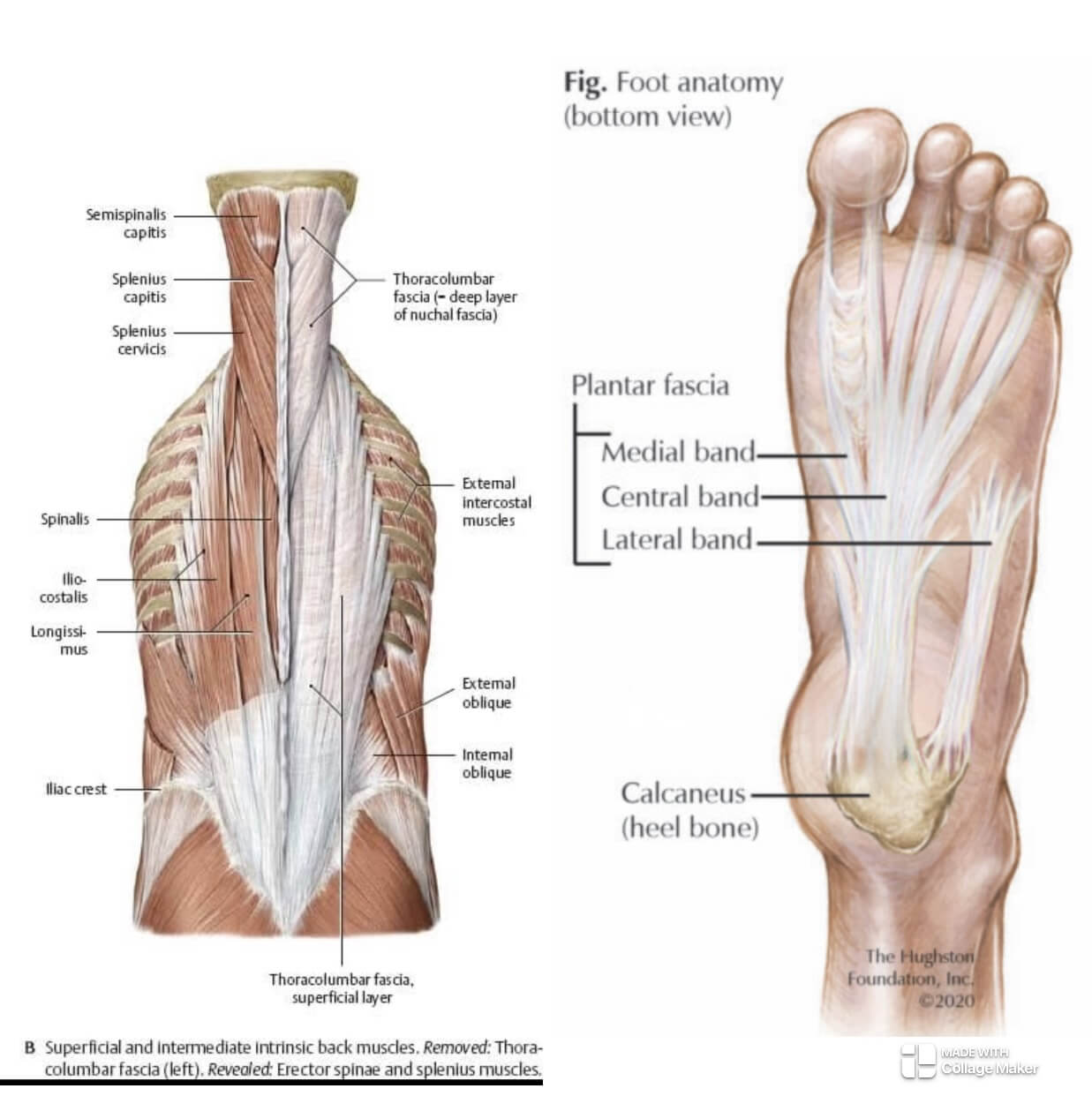
Fascia and Reflexology
The Wonderful World of Feet: Plantar Fascia and Reflexology.
The plantar fascia is a remarkable structure – it’s a thick band of connective tissue
running along the bottom of your foot, stretching from your heel to your toes. Think of it
as your foots built-in bowstring, supporting your arch and absorbing shock with every
step you take.
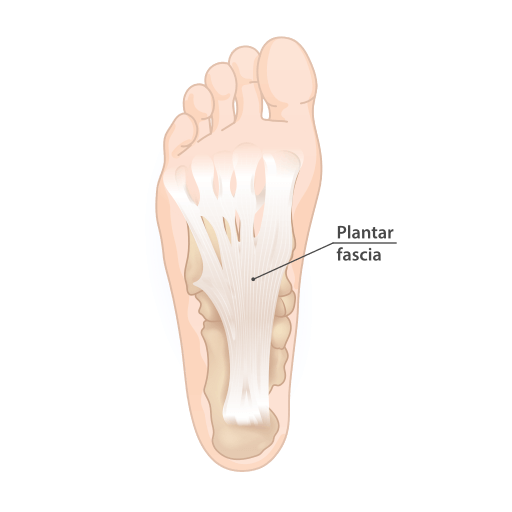
Anatomy of the Plantar Fascia
The plantar fascia is composed of three main parts:
1. Medial Band: The innermost portion, running along the inside of the foot. This
band provides support to the arch and stabilizes the foot during movement.
2. Central Band: The largest and strongest part, located in the middle of the foot. It
bears the most tension and plays a key role in maintaining the foots arch.
3. Lateral Band: The outermost section, providing support to the outer edge of the
foot and assisting in weight distribution.
The plantar fascia originates at the medial tubercle of the calcaneus (heel bone) and
fans out towards the toes, dividing into five slips that connect to the base of each toe.
This arrangement allows the plantar fascia to act as a spring, storing and releasing
energy during walking or running.
Functions of the Plantar Fascia
- Arch Support: The plantar fascia is crucial for maintaining the structural integrity of the foots arch, preventing it from collapsing under body weight.
- Shock Absorption: It absorbs and redistributes forces generated during activities like walking, running, and jumping.
- Stabilization: The fascia works with other structures in the foot to ensure stability during dynamic movements.
- Energy Efficiency: Acting like a spring, the plantar fascia stores energy during the stance phase of walking and releases it during toe-off, improving the efficiency of movement.
Reflexology and the Foot Map
As every reflexologist knows, the foot is like a miniature map of the entire body, with
specific areas on the foot corresponding to different organs and systems. Take a look at
these anatomy diagrams of fascia, and compare the known reflex areas to the fascial
network…is it any wonder why the low back and neck reflexes like to help each other,
as referral reflexes?
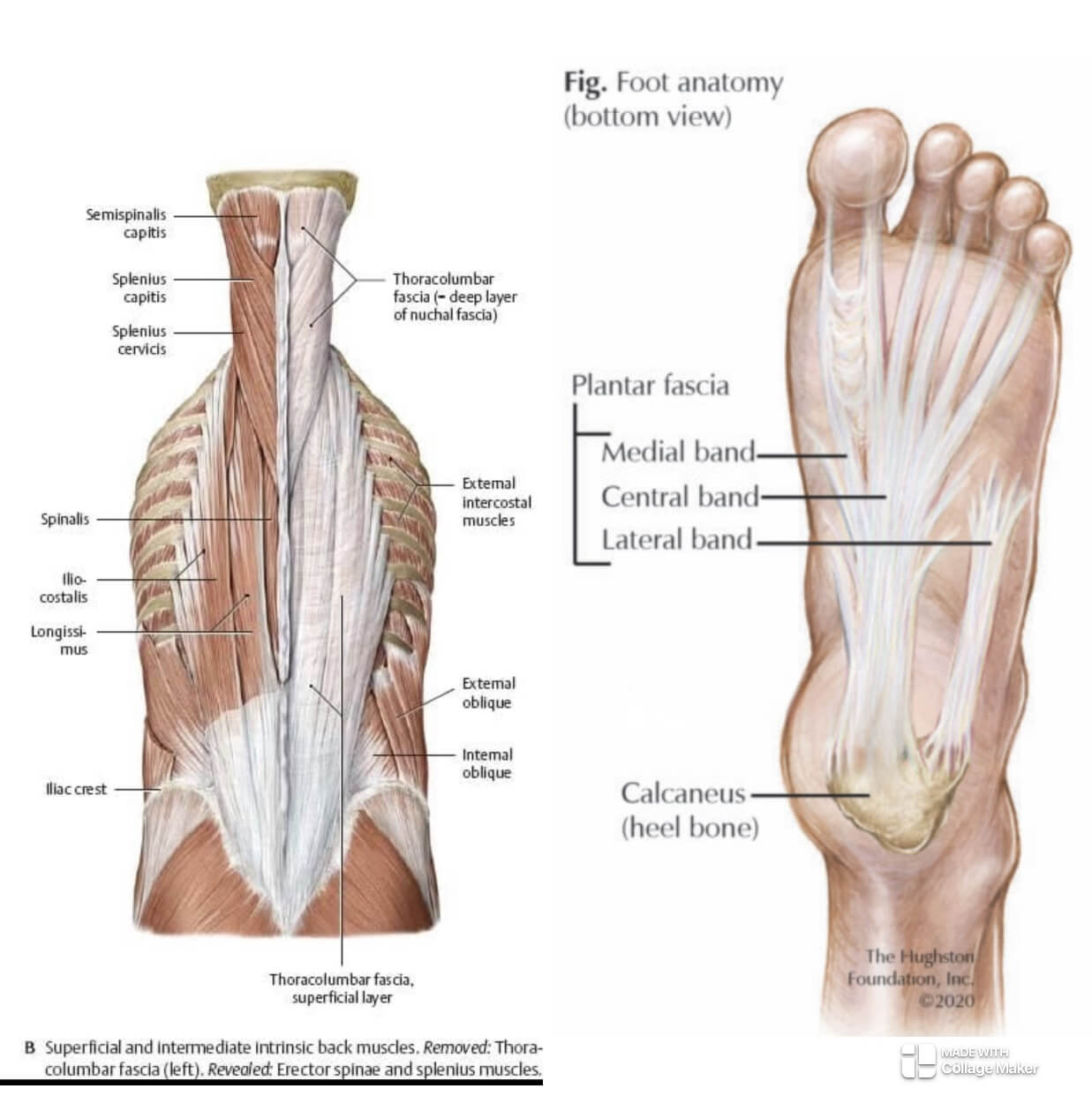
Supporting the Plantar Fascia
For issues like plantar fasciitis or to support the plantar fascia, reflexology can be
particularly helpful because the condition is being addressed at both levels: via the
reflexology body map and via the local foot itself.
Focus on these key areas:
1. The Arch of the Foot: This area corresponds directly to the plantar fascia and
also represents the spine and mid/low back muscles in reflexology. Gently
applying a long, slow and gentle pressure glide along the arch, zone by zone,
aiming towards each individual toe, can help reduce tension and inflammation in
dual-fashion: local and reflex.
2. The Heel: Reflexologists associate the heel with the lower back/sacrum, pelvis,
and sciatic nerve. Applying reflexology massage to this area can offer relief not
only to the heel but also to the fascia connected to it, since the plantar fascia
anchors to the heel bone directly. Reflexology techniques applied here also
trigger relief patterns along the posterior fascial line of the body - a longitudinal
grouping of muscles that includes the hamstrings and low back muscles,
interconnected via a network of connective tissue.
3. The Toes: Fascial lines that start at the feet end at the head; in reflexology world,
that means we need to end at the head reflexes at the toes, to ensure the
opening of energy flow from feet to head - with particular reflex work to the big
toe, as the "main" head and neck reflex.
Quick Tips for Plantar Fasciitis Relief
- Promote an optimal healing response by additionally focusing on relaxation, circulation, pain relief and anti-inflammatory reflexes
- Stretch each toe, as this also promotes gentle stretching of the plantar fascia itself.
- A prolonged cupping-type hold of the heel at the heel line (also called static contact), can be beneficial in creating a warm, softening effect on the underlying fascial tissues. You can visualize 'melting' any restrictions and 'sealing and healing' any micro tears that might exist at the fascia attachment. This hold can last several minutes.
- Check yourself! Communicate throughout the session to be sure you can locate any tenderness which may be related to reflexes or to a local problem in the plantar fascia, but do so with caution...first and foremost, do no harm and work within your scope and training.
Want More Techniques? Seek Training!
Specific "Fascia Reflex Techniques" can take your work further. Specialized reflexology
methods applied to the feet affect not only the fascia in the feet, but fascia anywhere
throughout the body. Specialized training is key for learning appropriate pressure for a
site of injury versus a tender reflex, safe tissue stretching techniques directed at
reflexes to affected body parts, and opening techniques for energy and communication
flow along the major fascia chains that run throughout the body.
Author: Jennifer Johnson, Atlantic School of Reflexology
www.reflexologyASR.com
info@reflexologyASR.com

Supporting Your Clients After They Leave Their Appointment
Have you been working with clients and wished there were ways you could support them further after they leave their appointment?
Here are two ways I have personally been successful at helping my clients days or weeks after they have left their session!
Video recording. This has been one of my most favorite tools to give to my clients.
It is natural for me to show them reflex points on their hands or feet after their session is finished and before they leave but let's be honest, more often than not those instructions go in one ear and out the other as soon as they walk out the door.
One of the resources I have given my clients with success is a quick video or visual on the specific reflex points I'd like them to work on.
You, as the reflexologist, can make this really fun and easy.
You can record a quick clip, making it personal to that person, showing them the reflex points, reminding them why it is important for them to focus on the point and how it can support them. OR you can pre record a bunch that you often naturally send out!
Emailing this helps to keep a connection between you and the client and really helps them feel added value with their service.
Another tool I have had great success with and personally love, is to give my clients an aftercare pamphlet after their first session with me.
The aftercare pamphlet helps them understand things that may happen with detoxification, gives helpful “keep in mind” tips, what symptoms of detoxification may look like and how to point out toxins in their everyday life.
I care about my clients and want for them to have tools and resources in their hands they can feel good and confident about!
This also gives that extra added value in your service and helps them feel appreciated.
This also gives that extra added value in your service and helps them feel appreciated.
The pamphlet holds my contact information so they can contact me with ease for questions, concerns or re booking their next appointment!
I’ve created two resources specifically regarding the aftercare pamphlet that you can get your hands on immediately.
The first one is my pamphlet course where you learn step by step how to make your very own aftercare pamphlet in canva. You can find that over on my personal website here.
The second is a pre-made, ACART specific downloadable PDF aftercare pamphlet that you can purchase and download instantly to print at your own convenience.
Go ahead and try these strategies in your practice today!
-Written by Haley Lorman, ACART President
Have you been seeking a natural and holistic approach to support your nervous system? Let's dive into reflexology and explore if it's the right avenue for you.
Reflexology is a non-invasive therapy that works on the principle of stimulating specific points on the feet, hands, or ears, known as reflex points. The modality promotes balance and well-being throughout the body and focuses on the idea that these reflex points correspond to various organs, glands, and systems in the body, including the nervous system.
Did you know that 70-80 % of disorders are stress related? It is important to work at balancing our nervous system to reduce chronic stress related conditions.
Here's how reflexology can help to enhance the health and functioning of your nervous system:
1. Stress Reduction: Reflexology is well-known for its ability to induce deep relaxation and reduce stress levels. Chronic stress can have a detrimental impact on our nervous system, leading to imbalances and a range of health issues. By promoting relaxation and lowering stress hormones, reflexology supports the body's natural stress response, allowing the nervous system to recalibrate.
2. Nerve Stimulation: By applying pressure to specific reflex points, reflexology stimulates nerve pathways connected to the nervous system. This gentle stimulation helps to improve blood and energy circulation, promoting the flow of vital nutrients and oxygen to nerve cells. Enhanced nerve function can lead to improved communication between the brain and body, optimizing overall nervous system performance.
3. Pain Relief: Reflexology can be particularly beneficial for reducing pain related to the nervous system, such as migraines, neuropathy, and fibromyalgia. By targeting reflex points associated with the affected areas, reflexologists aim to alleviate pain and discomfort. This natural approach releases endorphins, the body's natural painkillers, promoting relief and relaxation.
4. Emotional Balance: The nervous system is closely linked to our emotional well-being. Reflexology helps to release tension and blockages in the body, allowing energy to flow freely. This can contribute to improved mood, decreased anxiety, and a sense of overall calmness. By supporting emotional balance, reflexology indirectly enhances the health of the nervous system.
Incorporating reflexology into your self-care routine can offer numerous benefits for your nervous system's health and vitality. Whether you choose to visit a professional reflexologist or learn self-reflexology techniques, this modality has the potential to bring balance and harmony to your body, mind, and spirit.
You can find a great list of schools accepted as approved programs for our Atlantic Canada Association of Reflexology Therapists here if you are interested in gaining knowledge or starting off your very own successful reflexology practice.
